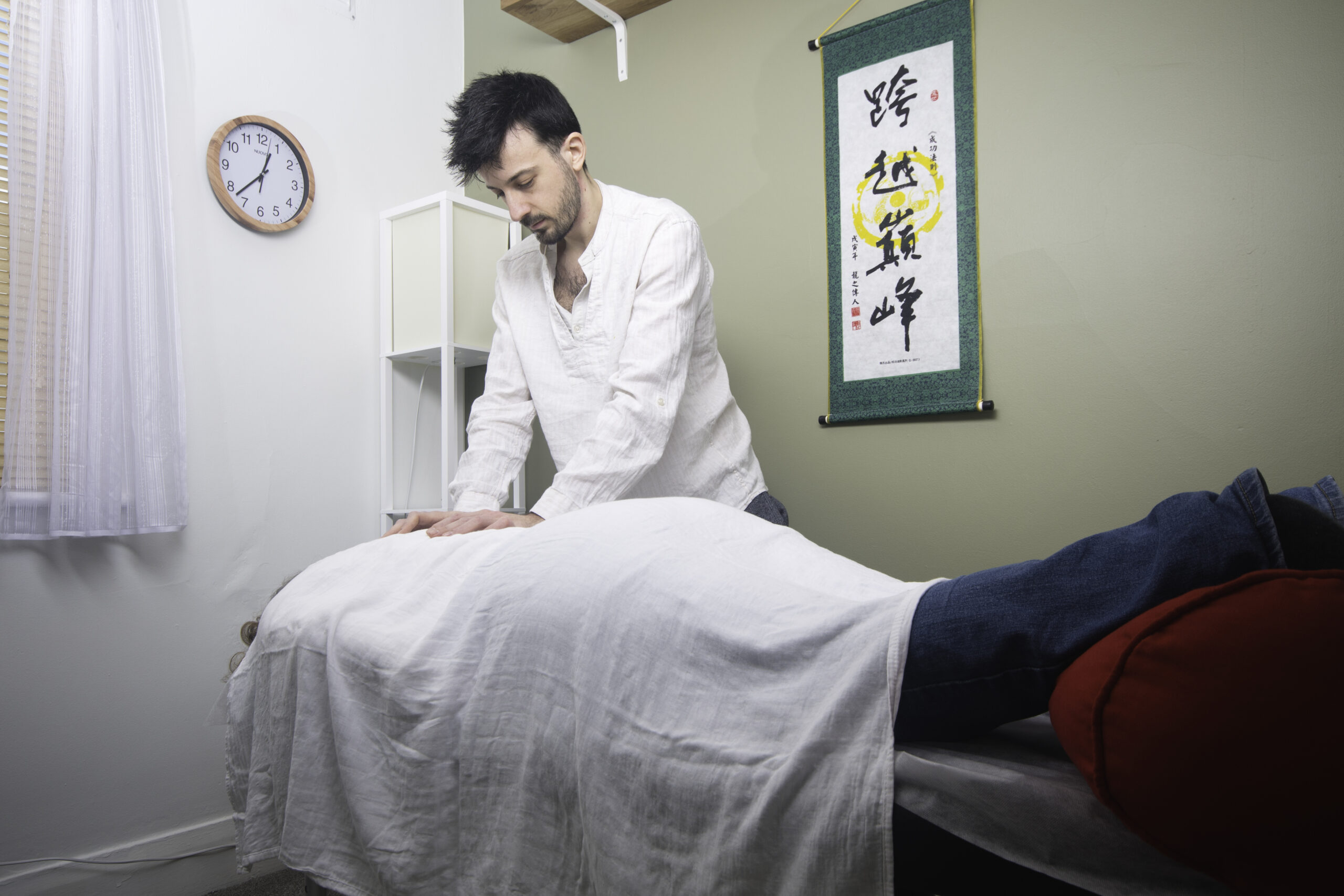In today’s world of desk jobs, tech neck, and daily stress, injuries (whether sudden or long-lasting) are all too common. From sprained ankles and pulled muscles to chronic back pain and repetitive strain, many of us are searching for ways to recover faster, restore function, and prevent future setbacks. While spa massages may provide short-term relief, Traditional Chinese Medicine offers something much deeper and clinically effective: (pronounced “twee-nah”) Tui Na in Southampton is a great option to consider.
If you’ve never experienced Tui Na before, you’re not alone—but once you feel how it helps the body heal from injury, you’ll understand why this therapy has been trusted for thousands of years.
What Is Tui Na?
Tui Na is a form of Chinese medical massage developed within the framework of Traditional Chinese Medicine (TCM). Unlike relaxation-based massage, Tui Na is specifically designed to treat injuries, relieve pain, and restore balance in the body. It works on the muscles, tendons, joints, and connective tissues, aligns the bones, all with a unique focus on the 12 sinew channels that govern movement, posture, and chronic pain patterns.
Importantly, you don’t need to disrobe for a Tui Na session. The ancient Chinese who developed the practice were far too conservative for that—so the therapy was designed to be performed through clothing or with a thin cloth. This makes it not only more comfortable for many people, but also highly practical for clinical settings.
Get Tui Na in Southampton for Help with Acute Injuries
When the body experiences an acute injury—like a sprain, strain, or impact trauma—circulation slows, swelling may occur, and muscles often tighten to protect the damaged area. Tui Na helps by:
- Improving blood flow to manage inflammation and speed healing.
- Releasing protective spasms that restrict mobility.
- Stimulating the body’s natural pain-relief mechanisms.
- Preventing compensation patterns that often lead to secondary injuries or chronic pain.
Patients often notice quicker recovery times and improved mobility after just a few treatments.
Get Tui Na in Southampton for Help with Chronic Injuries
Chronic conditions are more complex—they may involve scar tissue, restricted fascia, poor posture, or blocked energy flow. Tui Na addresses these deeper issues by:
- Breaking down adhesions to restore flexibility.
- Realigning joints and posture for healthier movement.
- Clearing the sinew channels to harmonize the system.
- Reducing recurrence by treating both the symptoms and the root imbalance.
This makes Tui Na especially effective for conditions like sciatica, frozen shoulder, chronic neck tension, low back pain, or repetitive strain injuries.
Techniques Used in Tui Na
Tui Na employs a large range of precise hand techniques, each with a therapeutic purpose, here are a few examples:
- Gun Fa (滚法) – Rolling to relax soft tissue and improve circulation.
- Rou Fa (揉法) – Circular kneading to dissolve knots and promote qi flow.
- An Fa (按法) – Pressing to stimulate acupuncture points and relieve blockages.
- Yao Fa (摇法) – Rocking and shaking to loosen joints and improve alignment.
These can be applied gently for acute injuries or more vigorously for long-standing restrictions, always customized to your needs.
Why Tui Na in Southampton Is So Effective for Injuries
Unlike spa massage, Tui Na is a clinical and therapeutic modality. It doesn’t just make you feel good temporarily—it works to restore function, relieve pain, and support long-term healing. Because it’s performed through clothing, without oils, it’s convenient, accessible, and easy to integrate into your recovery plan.
Is Tui Na Right for You?
If you’re recovering from an acute injury, struggling with chronic pain, or dealing with repetitive strain, Tui Na could be exactly what your body needs. Safe, natural, and time-tested, it works with your body’s own healing mechanisms—offering immediate relief and lasting results.
Curious how this could help you?
Book a session at my Southampton based clinic and experience the difference in your recovery journey.
Latest Posts
- TCM Exposes “Put Ice On It” Injury Advice as Physiological Interference
- Step one for fixing your digestive problems.
- Foundations of Health: 4 simple steps to a new you.
- How to follow the Chinese Medicine Diet: 12 Principles for Nourishing Yourself
- The Truth About Cupping Therapy and Gua Sha in Chinese Medicine


Leave a Reply